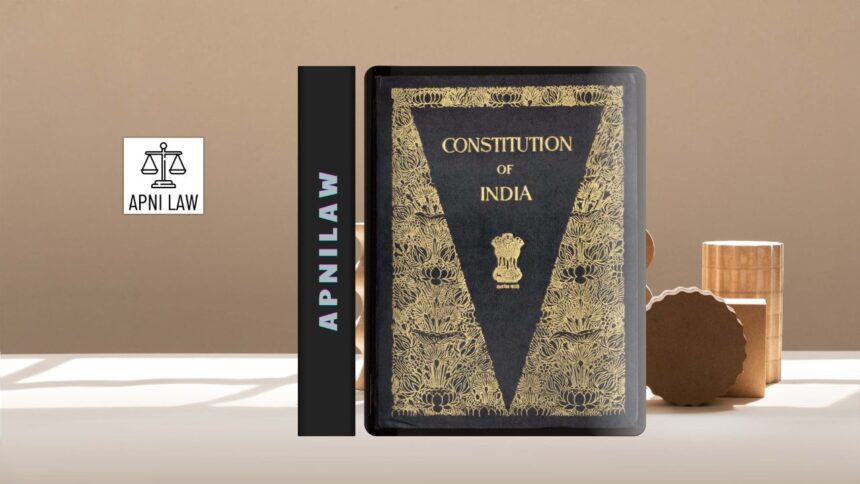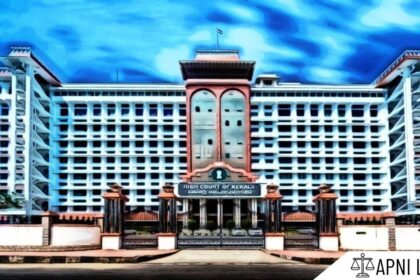Introduction
Citizenship defines the legal bond between an individual and the state. In India, it carries rights, duties, and a sense of belonging to the world’s largest democracy. The Constitution of India, under Articles 5 to 11, laid the framework for citizenship at the time of independence. Later, the Citizenship Act of 1955 detailed the ways by which people can acquire or lose Indian citizenship. Among the most important methods are birth, descent, registration, and naturalisation. Each of these reflects how India balances inclusivity with security, ensuring that citizenship remains meaningful and rooted in loyalty to the nation.
Citizenship by Birth
The simplest way of acquiring citizenship is by being born in India. Initially, the rule was generous: anyone born in India between 26 January 1950 and 1 July 1987 automatically became an Indian citizen, regardless of their parents’ nationality. However, rising concerns about illegal migration from neighboring countries led to tighter rules.
Between 1 July 1987 and 3 December 2004, a person born in India would qualify for citizenship only if one parent was an Indian citizen. After 3 December 2004, the rule became stricter. Now, a child born in India is a citizen only if both parents are Indian citizens, or if one parent is Indian and the other is not an illegal migrant.
These changes highlight India’s attempt to protect national security while ensuring fairness. They also show how the law adapts to changing political and demographic realities.
Citizenship by Descent
Citizenship by descent applies to children born outside India. Before 10 December 1992, a person born abroad could claim Indian citizenship if their father was an Indian citizen at the time of birth. The law was amended to include both parents after 1992, making the provision more gender-equal.
For children born after 3 December 2004, stricter conditions apply. At least one parent must be an Indian citizen, and the birth must be registered at an Indian consulate within one year. This rule prevents misuse and ensures a formal link between the child and the Indian state.
Descent rules reflect India’s commitment to maintaining strong ties with its diaspora, while ensuring citizenship is not misused for convenience alone.
Citizenship by Registration
Citizenship by registration applies to people of Indian origin and certain categories of foreigners who wish to become Indian citizens. For example, a person of Indian origin who has lived in India for at least seven years can apply. Similarly, the foreign spouse of an Indian citizen can seek citizenship by registration after fulfilling residency requirements.
This process requires an application to the central government and strict verification of documents. The aim is to allow those with genuine ties to India—whether cultural, familial, or social—to formally become part of the Indian community. At the same time, the system ensures that the process cannot be misused by people without real connections to the country.
Citizenship by Naturalisation
Naturalisation is another route for acquiring Indian citizenship. It applies to foreigners who are not eligible under the descent or registration categories. To qualify, a person must have lived in India for at least 11 of the past 14 years, including the last 12 months continuously.
Applicants must also show good character, knowledge of an Indian language, and an intention to reside permanently in India. Once granted, citizenship by naturalisation gives the same rights as citizenship by birth.
This method highlights India’s openness to foreigners who choose to make the country their permanent home, while setting a high threshold to ensure loyalty and integration.
Comparing the Four Modes of Citizenship
While birth and descent deal with automatic or hereditary citizenship, registration and naturalisation involve formal applications and government discretion. The first two reflect natural ties of family or territory, while the latter two emphasize commitment and integration. Together, they balance inclusivity with caution, allowing India to welcome new citizens without compromising its security and unity.
Questions and Answers
Q1. Can a child of illegal migrants born in India get citizenship?
No. After the 2004 amendment, a child born in India will not be considered a citizen if either parent is an illegal migrant.
Q2. How is citizenship by registration different from naturalisation?
Registration is for people with existing ties to India, like persons of Indian origin or spouses of Indian citizens. Naturalisation is for foreigners who have lived in India for a long time and want permanent citizenship.
Q3. Do all four methods of citizenship provide equal rights?
Yes. Regardless of whether citizenship is acquired by birth, descent, registration, or naturalisation, the rights and duties remain the same.
Conclusion
Citizenship in India is more than a legal status, it is a bond of belonging. The four key ways of acquiring it birth, descent, registration, and naturalisation show how India balances inclusivity with caution. By granting automatic citizenship in some cases and requiring proof of loyalty in others, the law reflects both compassion and responsibility. In a country as diverse and dynamic as India, these provisions ensure that citizenship remains a unifying force while adapting to social and political realities.
For any specific query call at +91 – 8569843472







